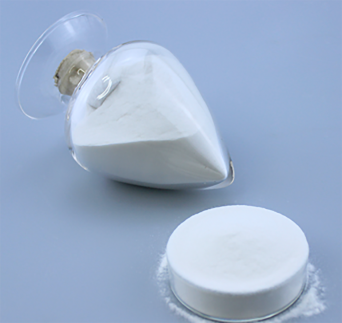
ኅዳር . 09, 2024 00:11 Back to list
Understanding the Basics and Applications of HPMC in Various Industries
Understanding HPMC What It Is and Its Applications
Hydroxypropyl Methylcellulose (HPMC) is a versatile cellulose ether that has garnered significant attention across various industries due to its unique properties and functionalities. This semi-synthetic polymer is derived from cellulose, a natural polymer found in the cell walls of plants. HPMC is produced by the etherification of cellulose with propylene oxide and methyl chloride, resulting in a compound that combines the benefits of both cellulose and synthetic polymers.
Key Properties of HPMC
One of the primary characteristics of HPMC is its excellent solubility in water. It forms a gel upon hydration, which makes it an ideal thickening agent. This property is particularly advantageous in the food industry, where HPMC is used to modify the texture and viscosity of food products. HPMC is also temperature-stable, which means it maintains its properties across various temperature ranges, making it suitable for processes that involve heat.
Another notable property of HPMC is its ability to form controlled-release matrices, a feature widely utilized in pharmaceuticals. This property allows for the prolonged release of active substances, enhancing the efficacy of medications while minimizing side effects. Additionally, HPMC does not interact with most active pharmaceutical ingredients, ensuring the stability and reliability of drug formulations.
Applications in Various Industries
1. Food Industry
In the food sector, HPMC is commonly used as a thickening agent, emulsifier, and stabilizer. It enhances the texture of products such as sauces, dressings, and baked goods, contributing to a desirable mouthfeel. HPMC is also a popular ingredient in gluten-free products, providing the necessary structure and moisture retention that is often lacking in such formulations.
hpmc چیست

2. Pharmaceuticals
HPMC’s role in pharmaceuticals is multifaceted. It is frequently employed as a binder in tablet formulations, ensuring the uniform distribution of active ingredients and facilitating the manufacturing process. Its controlled-release properties are particularly useful for developing advanced drug delivery systems, where HPMC helps maintain a consistent release of medication over time.
3. Construction
In the construction industry, HPMC is incorporated into cement-based products such as mortars and plasters. It acts as a water-retention agent, preventing the rapid drying of these compounds, which can lead to cracking and reduced adhesion. Furthermore, HPMC improves the workability of construction materials, making them easier to apply and shaping their final properties.
4
. CosmeticsHPMC is also widely utilized in cosmetics and personal care products. It serves as a thickening agent and stabilizer in creams, lotions, and shampoos, improving the texture and performance of these products. Its moisturizing properties can enhance the skin feel and overall user experience, making it a popular choice among cosmetic formulators.
Conclusion
HPMC is a multifaceted compound with significant applications across diverse industries, including food, pharmaceuticals, construction, and cosmetics. Its unique properties, such as water solubility, thermal stability, and controlled-release capabilities, make it an invaluable ingredient in various formulations. As consumer demand for quality and performance continues to rise, the use of HPMC is expected to grow, propelling innovation in product development and enhancing the functionality of countless consumer goods. Understanding HPMC and its applications can lead to better product formulations and improved performance across a variety of applications. Its versatility, safety, and efficacy all contribute to its status as a staple ingredient in many industrial processes today.
-
Unlocking the Benefits of HPMC Products: A Gateway to Versatile Applications
NewsAug.07,2025
-
Unleashing the Potential of HPMC Ashland: A Comprehensive Look
NewsAug.07,2025
-
Tile Bonding Cellulose: The Key to Superior Adhesion and Durability
NewsAug.07,2025
-
Hydroxypropyl Methylcellulose Powder: The Versatile Component in Modern Pharmaceuticals
NewsAug.07,2025
-
Hydroxyethyl Cellulose: The Versatile Solution for Various Industries
NewsAug.07,2025
-
Hydroxyethyl Cellulose (HEC): The Versatile Polymer for Various Applications
NewsAug.07,2025







